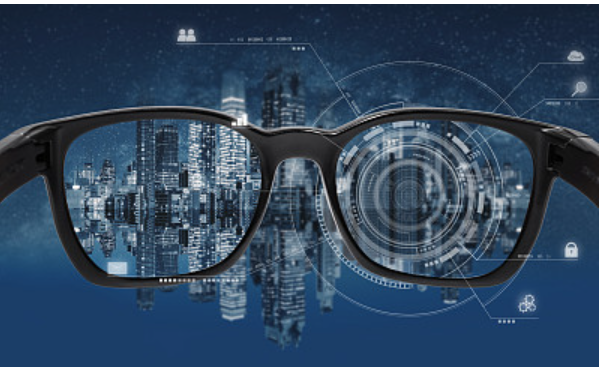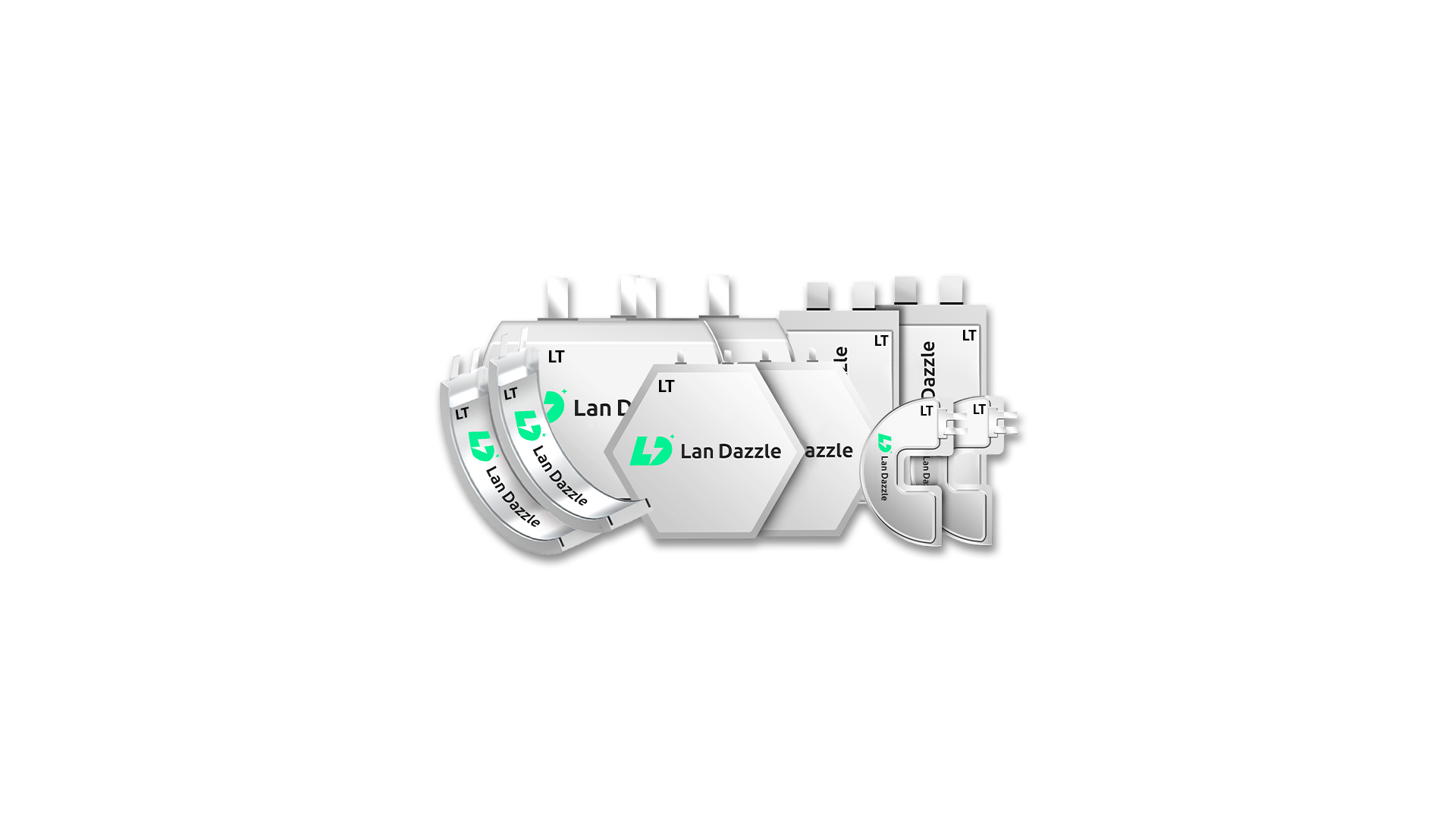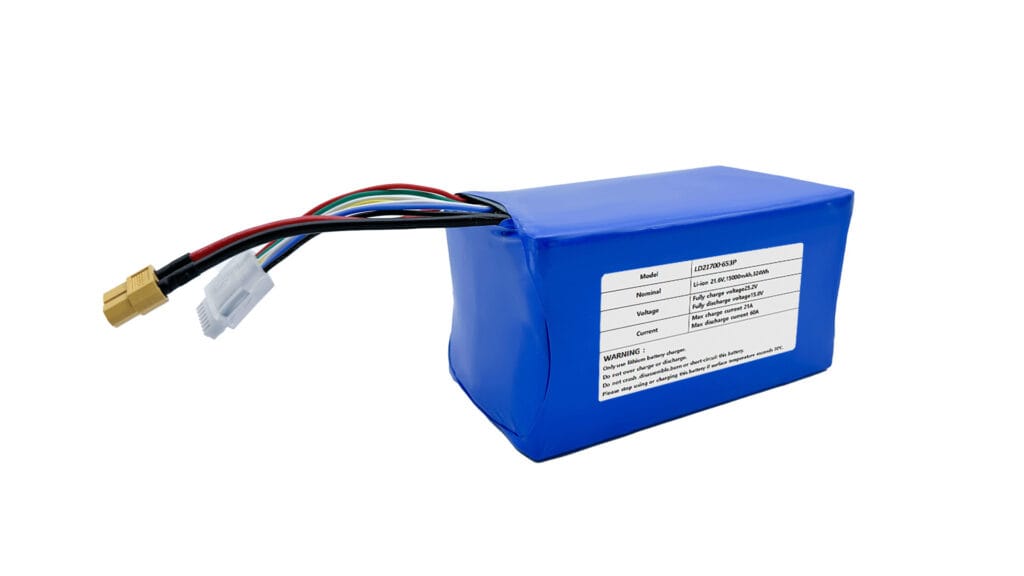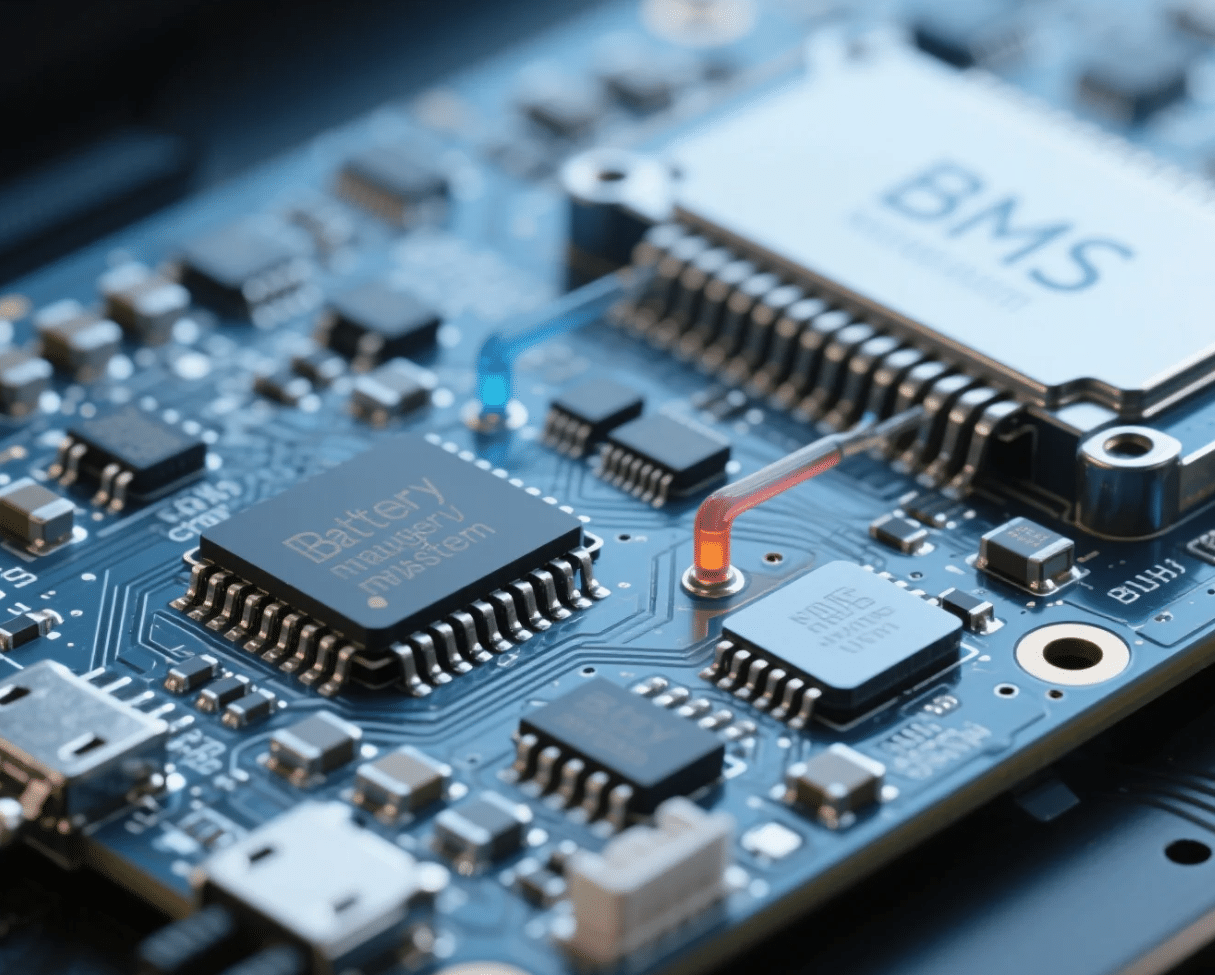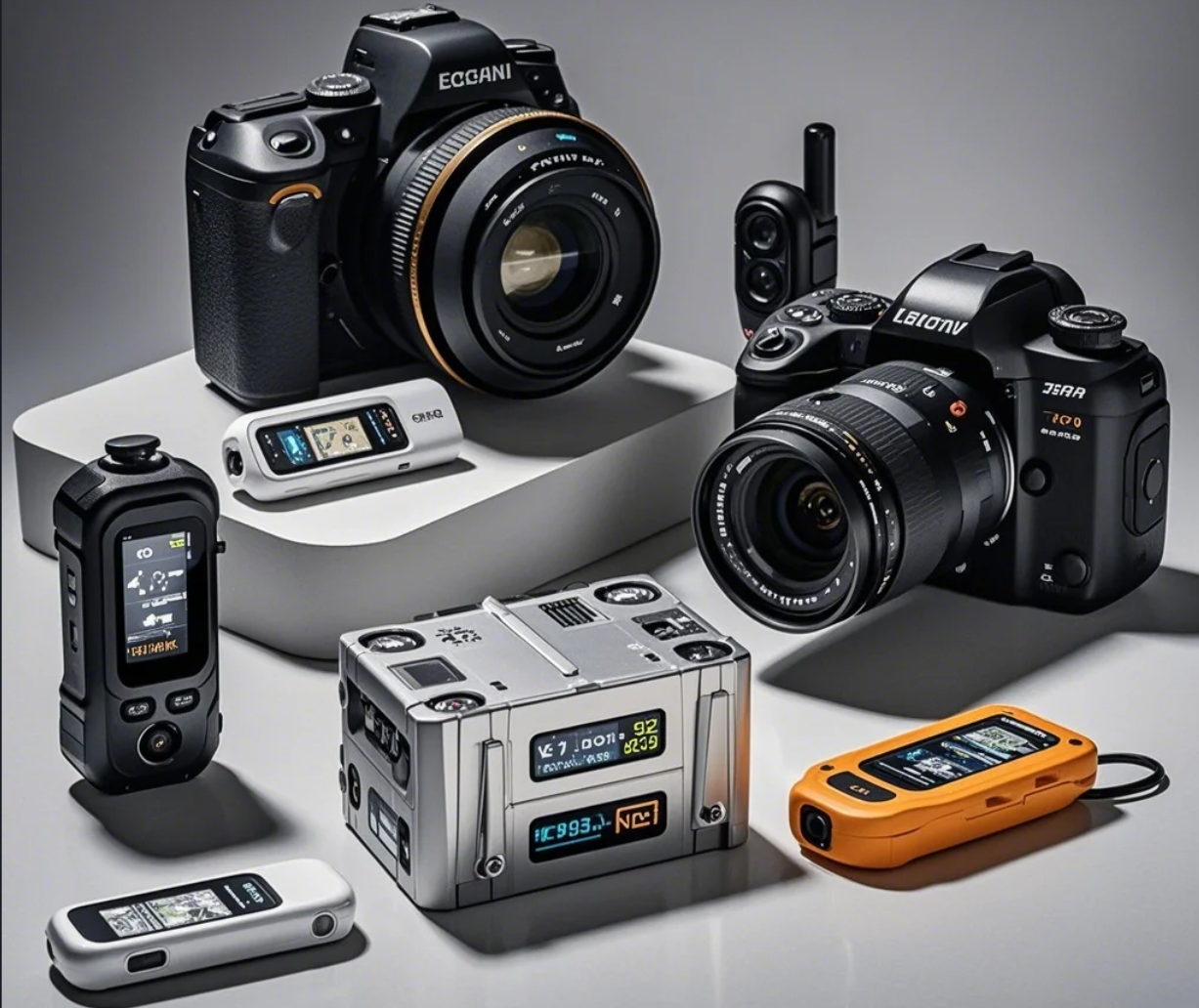Introducción
Smart glasses are transforming how we interact with the world—combining displays, cameras, and sensors in ultra-compact frames. But behind these advanced features lies one crucial component: the battery. Choosing the right battery affects everything from device weight to runtime and safety. As form factors shrink, demand for thin, high-density, and safe power sources grows rapidly. Lithium polymer (LiPo) batteries are now the leading choice for most manufacturers.
Batteries Used in Smart Glasses
Smart glasses require batteries that are compact, lightweight, and capable of delivering stable performance in a very limited space. While several battery types have been explored in wearable electronics, only a few meet the unique demands of smart glasses. Here are the most commonly used battery types in this space:
1. Baterías de polímero de litio (LiPo)
Lithium polymer batteries are currently the most widely used power source in smart glasses. They offer a slim profile, flexible form factors, and relatively high energy density—making them ideal for integration into thin, lightweight eyewear frames. Their customizable shapes also allow for seamless design adaptation, which is essential in miniaturized wearables.
2. Lithium-Ion (Li-ion) Batteries
Traditional cylindrical or prismatic lithium-ion batteries provide excellent energy density and long cycle life. However, their rigid structure and limited flexibility make them less suitable for compact smart glasses, unless used in modular or external designs. They are more commonly found in larger wearables or AR headsets.
3. Solid-State Batteries (Emerging)
Solid-state batteries are still in the early stages of commercial deployment but are gaining attention for their potential to deliver higher energy density and improved safety. With no liquid electrolyte, they can be made thinner and are less prone to overheating—key advantages for next-generation smart glasses. However, cost and scalability remain challenges.
4. Zinc-Air and Coin Cell Batteries (Limited Use)
In some ultra-light smart glasses or basic audio-enabled glasses, low-power coin cell or zinc-air batteries may be used to extend runtime with minimal weight. These are generally not rechargeable and are limited to simple devices with minimal power requirements.
Battery Comparison Table for Smart Glasses
| Tipo de batería | Densidad energética | Size Flexibility | Rechargeable | Safety Level | Typical Use Case |
|---|---|---|---|---|---|
| Lithium Polymer | Alta | Muy alto | Yes | Alta | Most mainstream smart glasses |
| Iones de litio | Muy alto | Bajo | Yes | Moderado | Larger AR devices, external modules |
| Estado sólido | Muy alto | Moderado | Yes | Muy alto | Future high-end smart glasses (R&D) |
| Coin Cell | Bajo | Small, fixed | No (mostly) | Alta | Basic audio glasses, low-power use |
| Zinc-Aire | Bajo | Small, fixed | No | Alta | Hearing aids, ultra-light glasses |
Battery Design Challenges in Smart Glasses
Designing batteries for smart glasses involves several unique challenges due to the device’s compact size and complex functionality. Here are the key difficulties manufacturers and engineers face:
1. Limited Space and Thin Form Factor
Smart glasses must remain lightweight and comfortable for all-day wear. This means the battery has to fit into a very slim and irregularly shaped space inside the frame or temple arms. Achieving sufficient capacity without increasing bulkiness is a constant balancing act.
2. Weight Constraints
The battery contributes significantly to the overall weight of the glasses. Heavier batteries can cause discomfort and affect the user experience, so manufacturers prioritize lightweight materials and designs that minimize weight while maximizing power.
3. Heat Dissipation and Safety
Even small batteries generate heat during charging and discharging. In a device worn close to the skin and eyes, effective heat management is critical to prevent overheating and ensure user safety. Battery chemistry and protective circuitry play vital roles here.
4. Maintaining Long Runtime in Small Size
Smart glasses often incorporate power-hungry features like displays, cameras, sensors, and wireless communication. Delivering adequate runtime from a tiny battery requires high energy density cells and efficient power management strategies.
5. Flexible and Custom Shapes
Unlike phones or laptops, smart glasses have highly customized and curved designs. Batteries must be flexible or shaped to fit these contours without compromising structural integrity or performance.
6. Integration with Charging Methods
The battery must support charging methods compatible with the glasses design, such as fast charging, wireless charging, or magnetic connectors. Ensuring safe and efficient charging in a compact form is a technical challenge.
Performance & Safety Considerations
When it comes to smart glasses, battery performance and safety are paramount. Due to the close contact with the user’s skin and sensitive areas like around the eyes, batteries must meet strict standards:
-
Alta densidad energética: Batteries need to deliver enough power to support features such as AR displays, cameras, and wireless connectivity, all while maintaining a small size.
-
Salida de tensión estable: Consistent voltage is crucial to prevent device crashes or malfunctions during use.
-
Gestión térmica: Batteries must minimize heat generation and efficiently dissipate any heat to avoid discomfort or damage.
-
Built-in Protection Circuits: Overcharge, over-discharge, short-circuit, and temperature protections are necessary to ensure long-term safety.
-
Compliance with Safety Standards: Certifications like UL, UN38.3, IEC, and RoHS confirm that batteries meet international safety and environmental requirements.
Customization Options for Smart Glasses Batteries
Given the diversity of smart glasses designs, off-the-shelf batteries often can’t meet all requirements. Custom battery solutions provide manufacturers with several advantages:
-
Shape and Size Customization: Batteries can be tailored to fit unique frame geometries and internal spaces, including curved or thin profiles.
-
Capacity and Voltage Adjustment: Custom packs can be designed to meet specific power and runtime needs without excess weight.
-
Connector and Interface Design: Custom terminals and protection circuits ensure seamless integration with the device’s electronics and charging system.
-
Características de seguridad mejoradas: Additional safety measures can be embedded depending on the use case and environmental conditions.
-
Branding and Packaging: Batteries can be labeled or packaged according to brand specifications for OEM products.
Partnering with a specialized battery manufacturer enables smart glasses developers to optimize their products for performance, comfort, and safety.
LanDazzle Custom Battery Solutions for Smart Glasses
A medida que el mercado de las gafas inteligentes sigue evolucionando, aumenta la demanda de soluciones de baterías personalizadas que se adapten a casos de uso, factores de forma y requisitos de diseño específicos. Lan Dazzle, fabricante líder de baterías personalizadas de iones de litio y polímeros de litio, desempeña un papel clave en el suministro de baterías de alta calidad hechas a medida para gafas inteligentes.
Por qué es importante la personalización:
Las baterías personalizadas permiten a los fabricantes satisfacer las necesidades exactas de energía de sus productos para gafas inteligentes. Esto es especialmente importante en el mercado de los wearables, donde el espacio y el peso son un bien escaso. Al asociarse con un fabricante de baterías a medida de confianza, las empresas pueden desarrollar baterías que no solo sean de alto rendimiento, sino también rentables y optimizadas para diseños específicos.
La amplia experiencia de Lan Dazzle en el diseño y la producción de baterías garantiza que los clientes reciban baterías que cumplan sus especificaciones técnicas al tiempo que aseguran su fiabilidad y rendimiento a largo plazo.
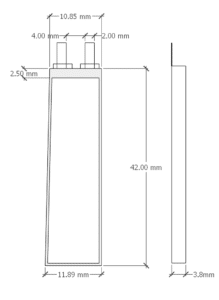
El futuro de las pilas para gafas inteligentes
De cara al futuro, las baterías de las gafas inteligentes ofrecen posibilidades apasionantes. Los avances en la química de las baterías, como las de estado sólido, prometen ofrecer mayores densidades de energía, tiempos de carga más rápidos y un uso más seguro. Además, las innovaciones en las tecnologías de captación de energía, como las lentes alimentadas por energía solar, podrían prolongar aún más la vida útil de las baterías.
A medida que las gafas inteligentes se generalicen, la tecnología de las baterías seguirá desempeñando un papel crucial en la mejora de la experiencia del usuario, impulsando baterías más eficientes, duraderas y ligeras.
Conclusión
Las gafas inteligentes están revolucionando nuestra forma de interactuar con la tecnología, pero su éxito depende en gran medida del desarrollo de baterías fiables y eficientes. Las baterías de iones de litio y de polímero de litio son actualmente las soluciones más comunes para alimentar estos dispositivos, pero el futuro puede deparar soluciones aún más innovadoras. Al asociarse con fabricantes de baterías a medida como Lan Dazzle, las empresas pueden asegurarse de que sus gafas inteligentes se alimentan con la mejor tecnología de baterías posible adaptada a sus necesidades específicas.
